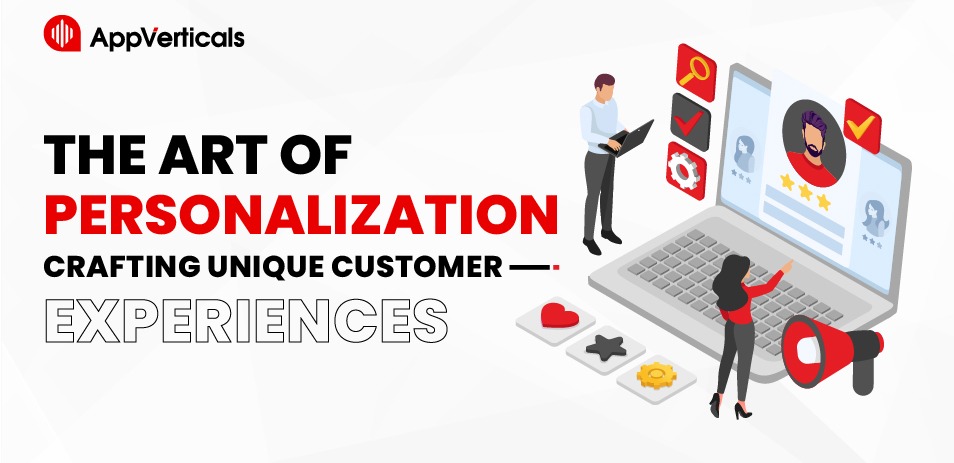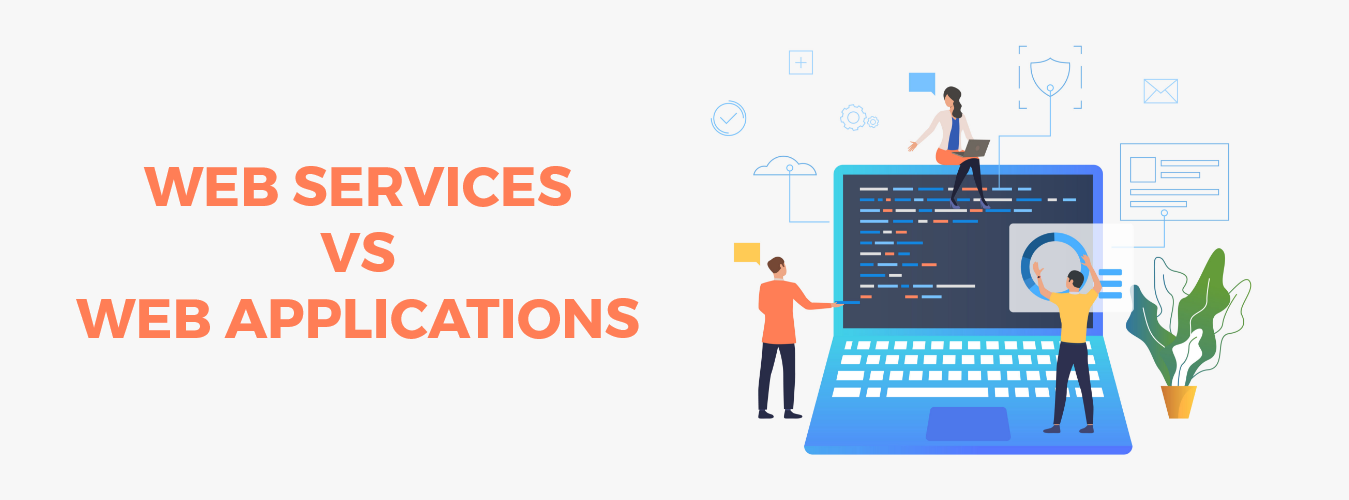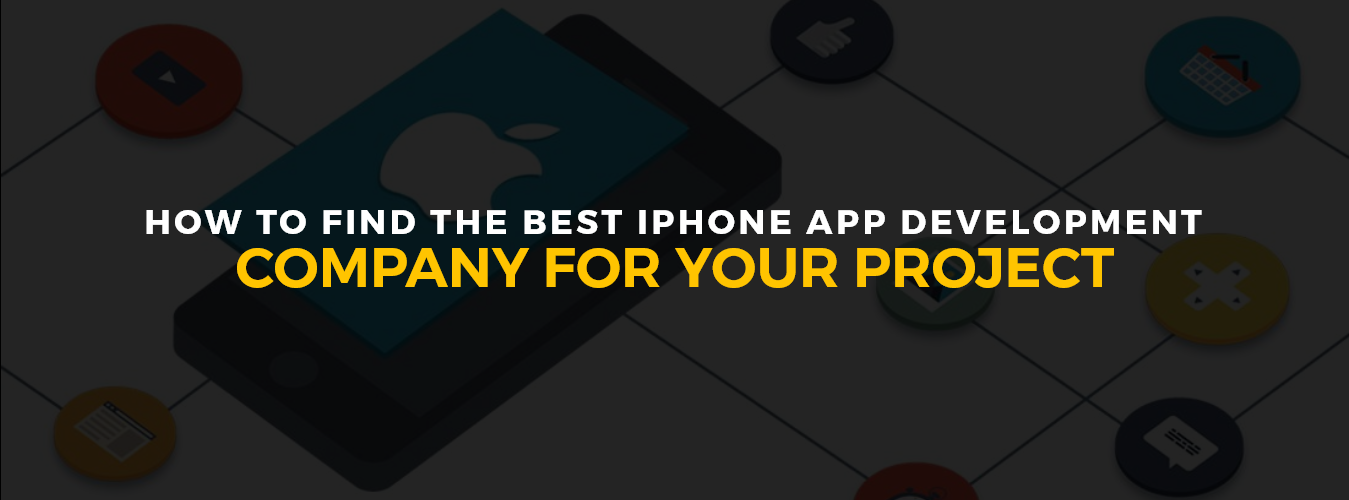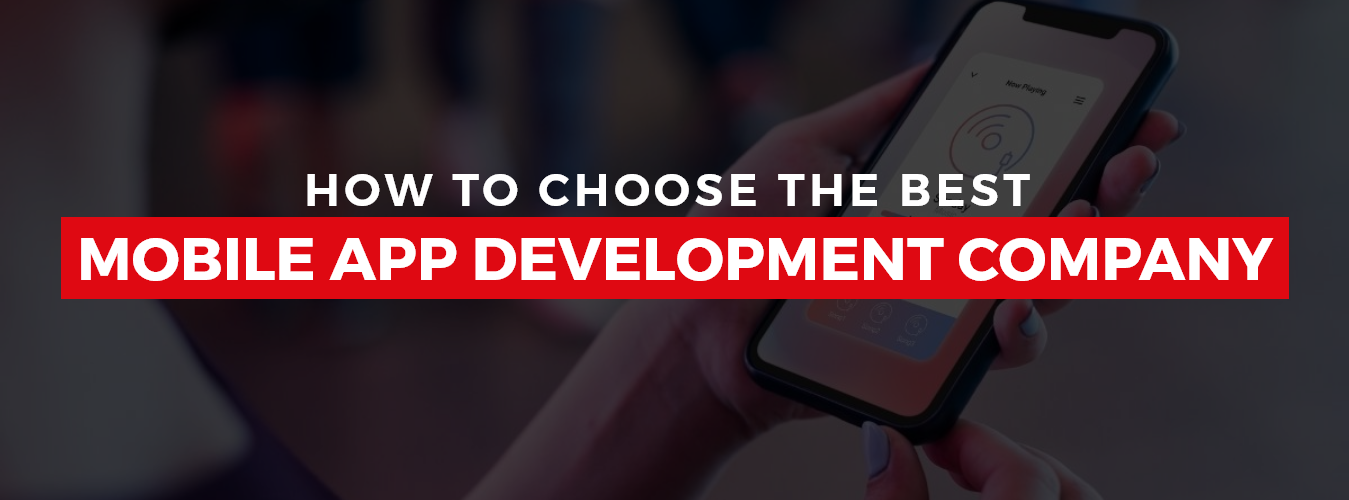Have you ever felt like a number in a crowd? Like you’re just another face in the sea of consumers?” And that’s a feeling no one wants to have, especially when it comes to shopping for necessities or supplements.
Successful companies know that in the modern world, where competition is high and consumers are much more choosy than before, one must provide a specialized product to the respective client/customer. Today’s customers not only look for quality goods and services but also a unique experience.
The Art of Personalization
Can you remember the last time that a brand truly made you feel valuable to them? Perhaps it was an email sent to you on your birthday or an email with a suggestion that appeared to fit like a glove. Such personal details matter a lot and can transform an ordinary buyer into a regular one. That’s the magic of personalization. It makes customers feel seen, valued, and understood.
Why is Personalization Important?
- Enhanced Customer Satisfaction: For customers to be satisfied with their interactions, they would need to feel like they are being noticed, listened to, and appreciated.
- Increased Loyalty: Consumers tend to be loyal to a brand that provides them with a unique experience that they won’t get from competitors.
- Higher Conversion Rates: Personalization increases conversion rates because the customer feels that the product or service offered to them is ideal for use.
- Improved Customer Lifetime Value: Subsequent interactions with customers can help build client loyalty, which will multiply your revenues in the long run.
Based on the data gathered by various studies, custom experiences result in improved customer loyalty, better participation, and increased sales. However, going beyond this, it is about creating a relationship. If you give importance to customer preferences and requirements, then you are not just selling goods or providing services – you are selling an experience. And experience, when positive, is what people remember.
6 Best Practices for Delivering Personalized Customer Experiences
Now that we understand the importance of personalization let’s explore some strategies to implement it in your business:
- Gather and Analyze Customer Data: The first step is to gather information and data about your customers, their characteristics, and their buying habits, including their geographical location, buying patterns, and likes and dislikes. This data should then be analyzed with the use of analytics tools so that relevant patterns or trends can be pointed out.
- Segment Your Customer Base: Segment your customers according to categories with common attributes. They will also assist you in varying your marketing strategies and perceptions to particular audiences.
- Personalized Product Recommendations: Recommend products or services that would interest the customer or that he or she might be in the market for. This might be achieved through email promotions, a company’s website interface, or store suggestions.
- Offer Personalized Content: Design your content in a manner that is likely to appeal to the customers’ tastes and expectations. This could involve posts or blog articles, or even videos and articles, and social media content.
- Personalize Customer Interactions: Teach the customer service team how to treat each customer as an individual and not as a number. This could be about referring to the customer by their name, recollecting their orders, and coming up with solutions to the problems that they present.
- Use AI and Machine Learning: Apply AI or machine learning to bring higher efficiency into personalization and be more precise in recommendations.
The Role of Data in Personalization
Now, you might be asking yourself, “But how can I know what each customer wants?” And the answer is data. But don’t worry! You don’t have to become a data scientist to start adopting personalization. Today, with the help of AI, automation, and vast amounts of customer data available, tailoring experiences is quite easy.
Everything a customer does with your brand—visiting your company’s website, posting comments, or using your products—contains a great deal of information.
Using this data, customers can be grouped in some way or another, by preference or by previous action or communication. Then, you can target your messages, product offerings, and your customer service.
For instance, you are operating an online clothing business. Based on what the customer casually peruses, and looks at in the wishlist, buys, similar products or related commodities can be suggested. And it doesn’t have to stop at product recommendations. It is also possible to know when the customer’s birthday is, and offer them a limited discount, or suggest articles that they might like based on the information that they have provided.
Such intelligent data-based personalization not only adds value to customer relationships but also brings in more revenues. The most important thing is to use it wisely. While doing so, the person has to think of how to improve the customer’s experience while not necessarily thinking of how to make the business beneficial.
The Art of Asking the Right Questions
Developing a personalized experience begins with identifying your customers. This is where the art of asking the right questions comes in. Are you familiar with “this or that” questions? Yeah, those seemingly innocent and entertaining questions like, “Coffee or tea?” or “Beach holiday or mountain one?” They are quite effective at getting to know the customer better.
It is also best to incorporate these types of questions into your engagement campaign, whether on Facebook or Twitter, using polls, emails, or pop quizzes during a check-out process. It is engaging, and clients enjoy the process of being in a dialogue.
For example, let us revisit the online clothing store we discussed earlier. You could ask, “Do you prefer bold colors or neutrals?” or “What’s your go-to outfit?” You may also ask, “Are you dressing for a casual occasion or formal?” Depending on the answer, the clothes recommended are those that feel comfortable for the person.
Balancing Personalization with Privacy
Personalization is indeed a strong force but should be used judiciously. If customer information is used excessively or if companies read too much into it, customers may feel violated. One has to find the right balance and, of course, respect customers’ privacy.
Be especially open about your data collection and subsequent use. Customers should feel that they are in charge of their data by having the option to change their preferences or decline.
Trust is one of the major components of successful long-term personalization. Besides, consumers do not want to be spied on but rather to be valued as individual beings.
Measuring Personalization Success
But then again, how can you assess if your personalization strategies are effective? To start with, the ideal goal of any score is to allow tracking of the correct parameters. To measure the success of the strategic frameworks you are implementing, look at the level of customer interactions, email open and click-through rates, and overall sales performance.
Other simple ways of gaining feedback include using customer satisfaction surveys or feedback forms that capture the audience’s perception of your personalization efforts.
Tools such as a qualitative research questionnaire enable you to go the extra step in identifying the reasons behind your clients’ actions and preferences. Qualitative analysis enables you to better understand your customers’ perspectives, what product they are buying, and why they are buying it. These are very helpful, especially in the planning of specific campaigns.
Examples of Successful Personalization
- Netflix: Netflix is definitely one of the best examples of personalization as a marketing strategy. The streaming giant proposes suggestions for films and series related to the user’s activities on the platform.
- Amazon: Amazon’s recommendation engine is one of the best examples of the use of personalization. The online retailer recommends products that may interest a particular customer based on their buying pattern, site visits, and internet searches.
- Sephora: Sephora allows customers to book an appointment with a beauty specialist and get products and services suitable for their skin type, hair type, and desired look.
The Future of Personalization
We’re heading into a time when businesses can provide more customized experiences. Just think of the times when your phone recommended the exact thing that you imagined. You might have felt like it was some kind of black magic. But it is actually an astrology performed by the technology with your data.
Businesses are on the run to recommend the best choices for their customers. The competition is too lengthy. Some might fall, some might pick up from there again, and some might succeed. It’s all about trying something new. With the advent of AI and machine learning, this has become more extensive.
The future promises success to those businesses who are ready to go as far as possible to improve their customer experience. Making your customers feel special is the real key to success.
Need more help? Then, AppVerticals, a top-notch software development company, should be your priority!








